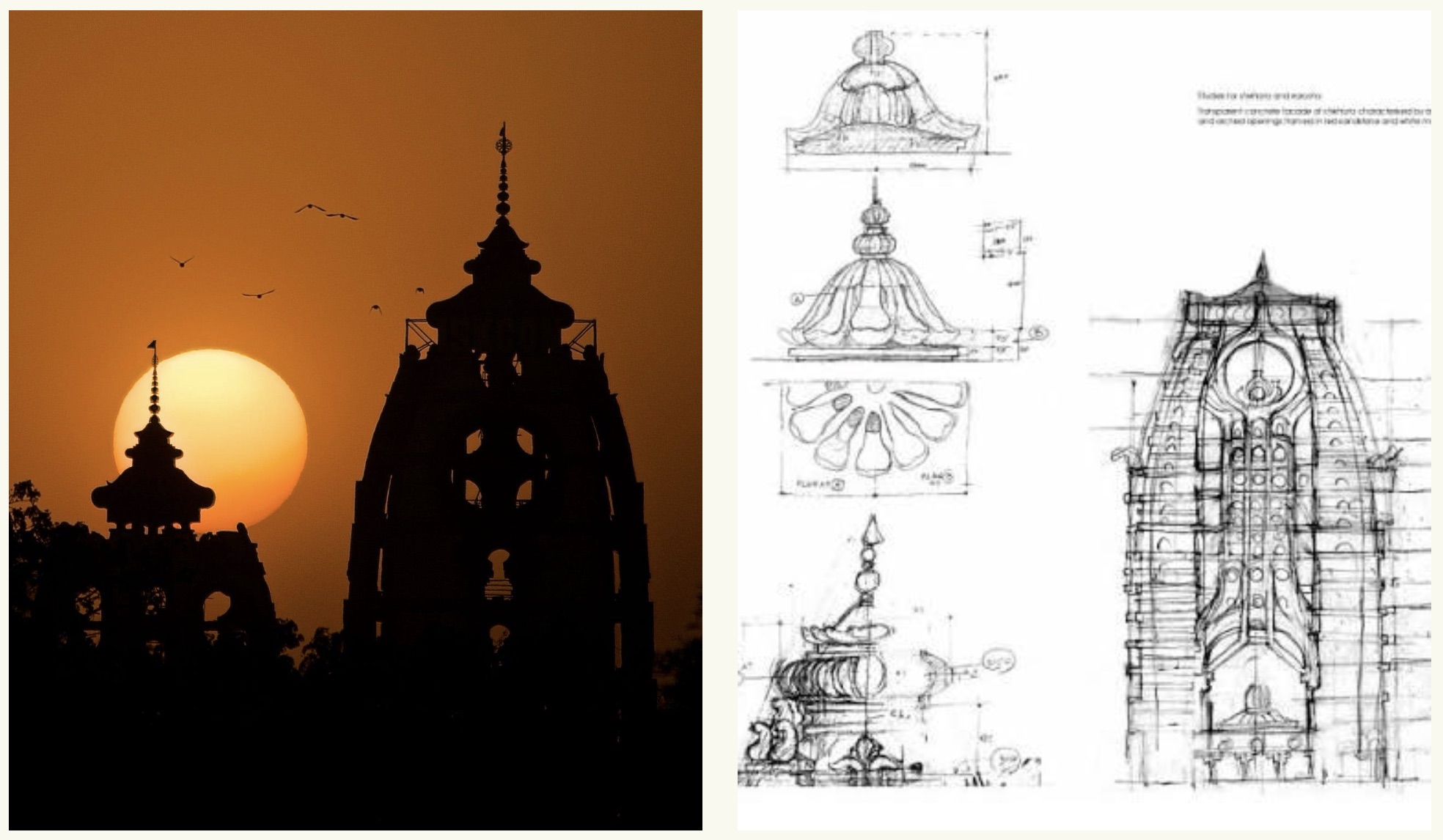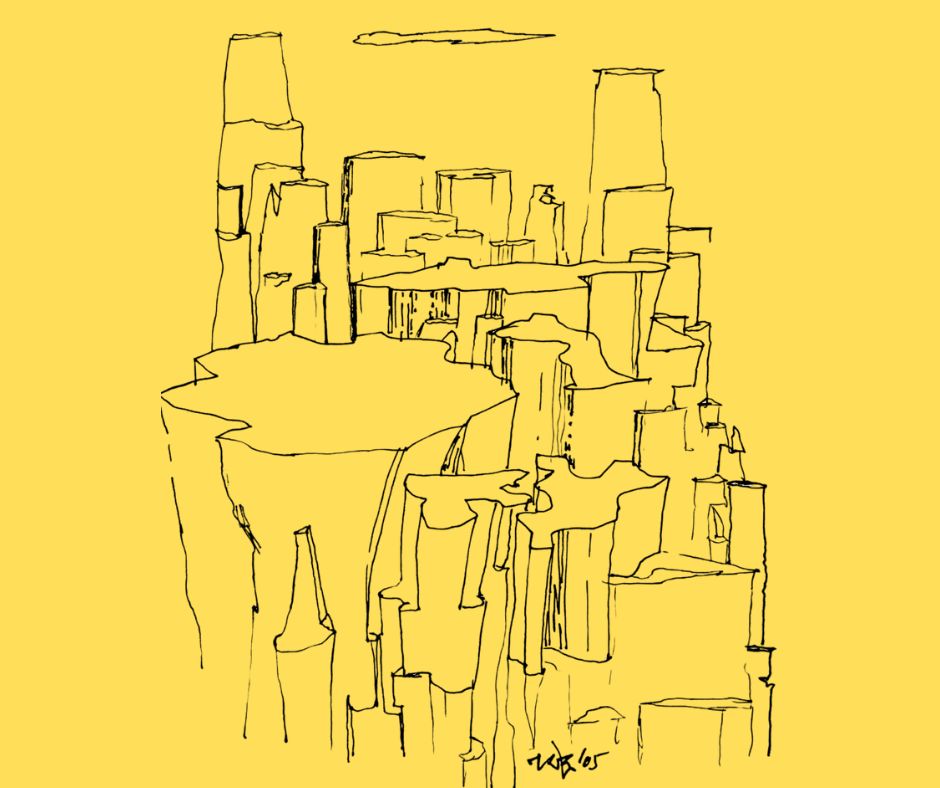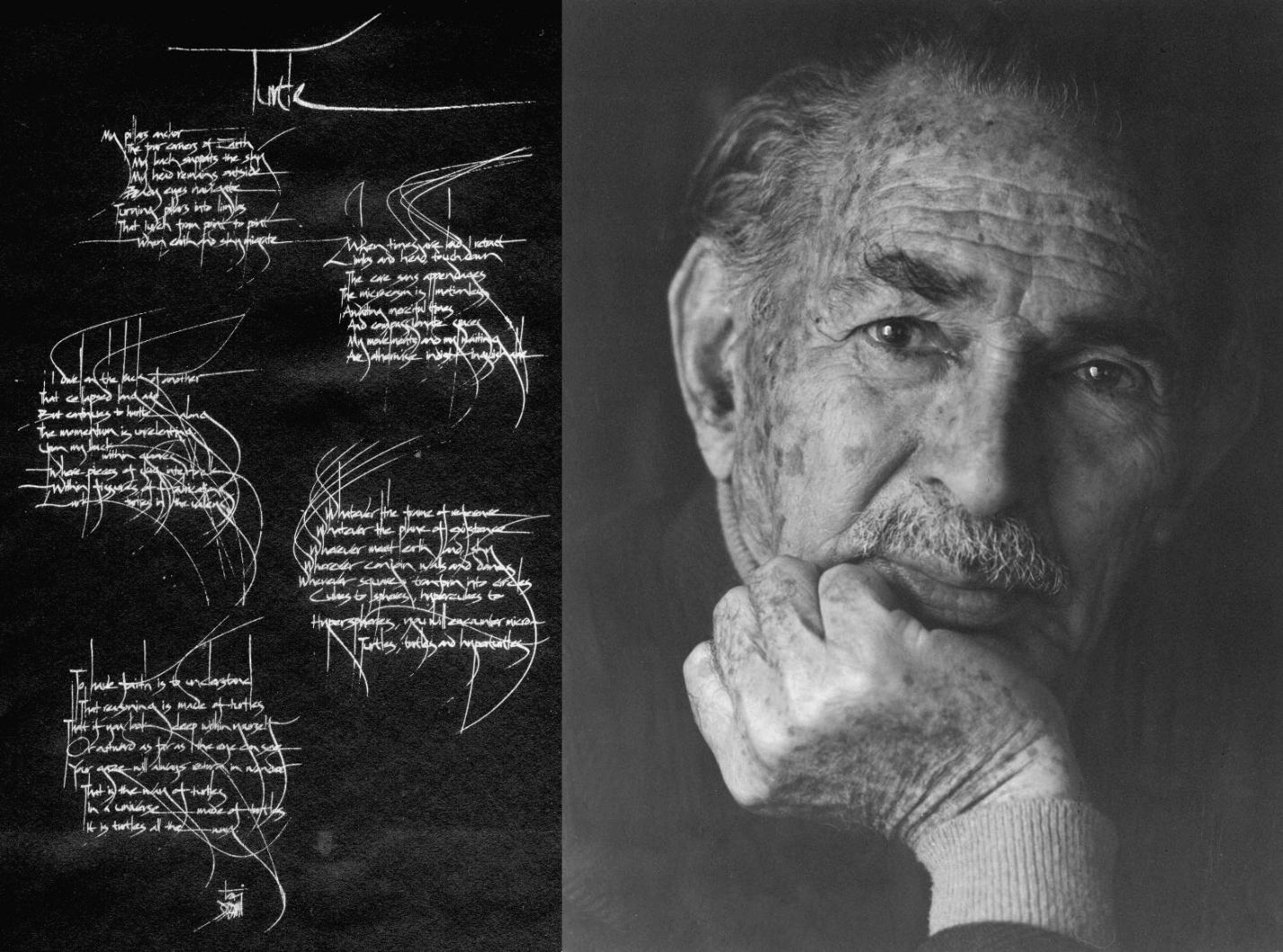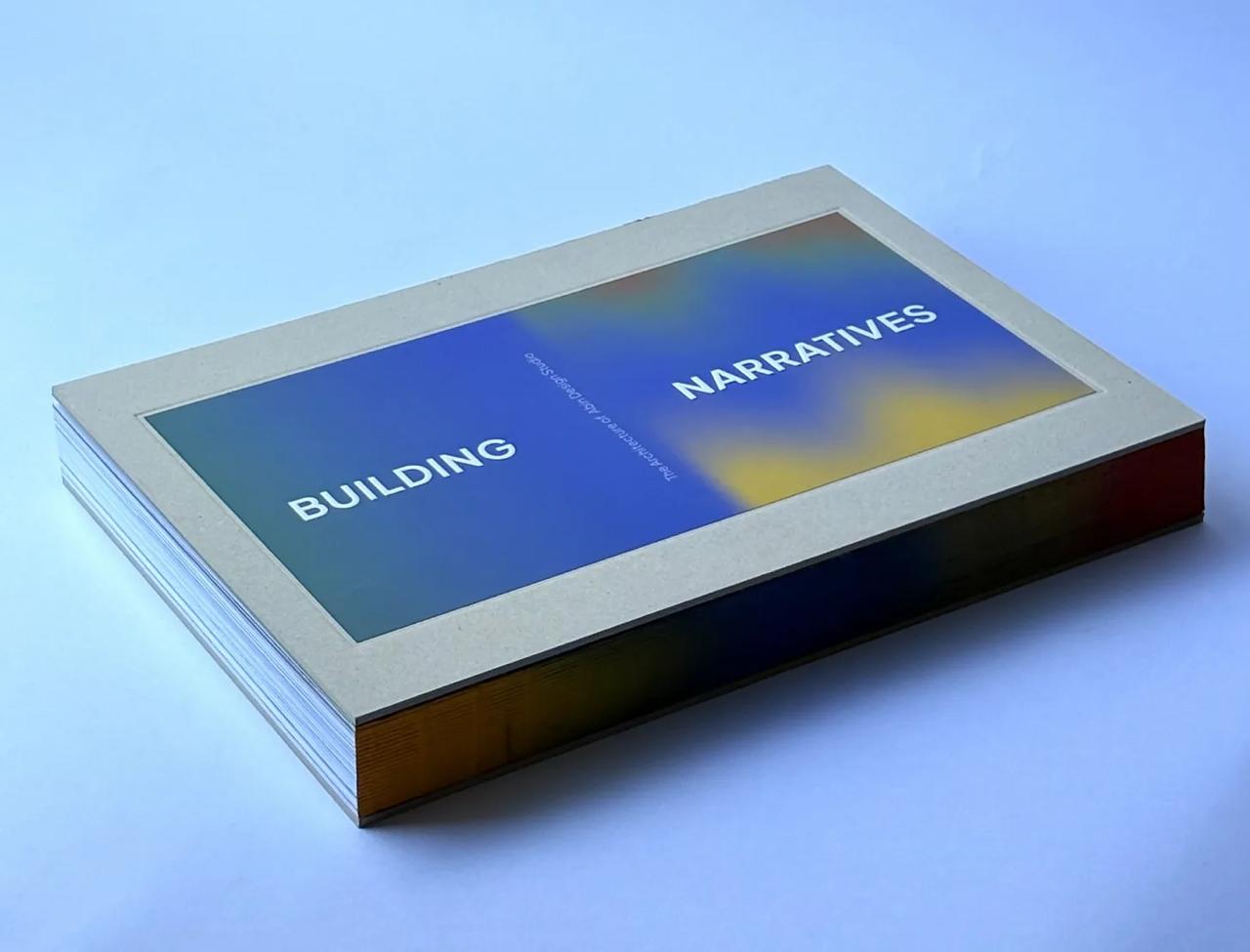

The initial idea is to search for the essence of Islam devoid of ritualistic and symbolic attributes—to question conventional typology, to hark back to the time of the beginning—to question ‘WHAT IS A MOSQUE’. According to the Qur’an, IN THE HOUSES [of worship] which God has allowed to be raised so that His name be remembered in them, there [are such as] extol His limitless glory at morning and evening (Qur’an, 24:36).
Mosque is essentially a place of congregation of devoted Muslims, gathered in brotherhood facing qibla in submission to one God, Omni present. It is a clearly defined space directed towards Ka’ba. Clarity of space is a prerequisite, as there is no mystic myth to ponder upon, no hierarchy. A carefully scaled and proportioned volume that is contemplative in nature is evenly lit to enhance the feeling of all as equal. Light remains at the core of the design.

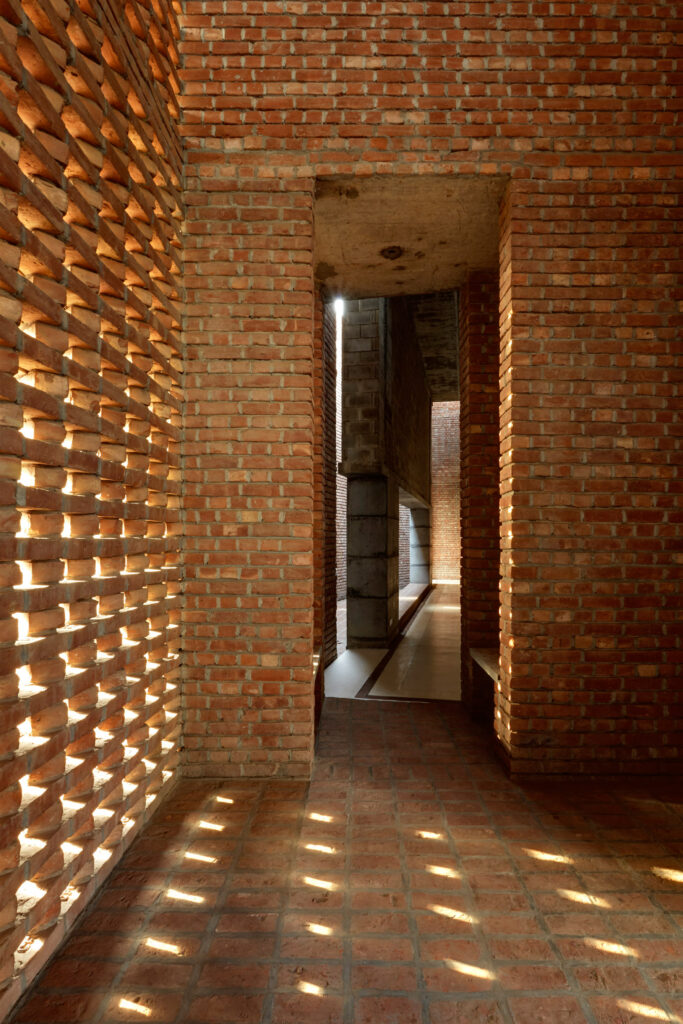

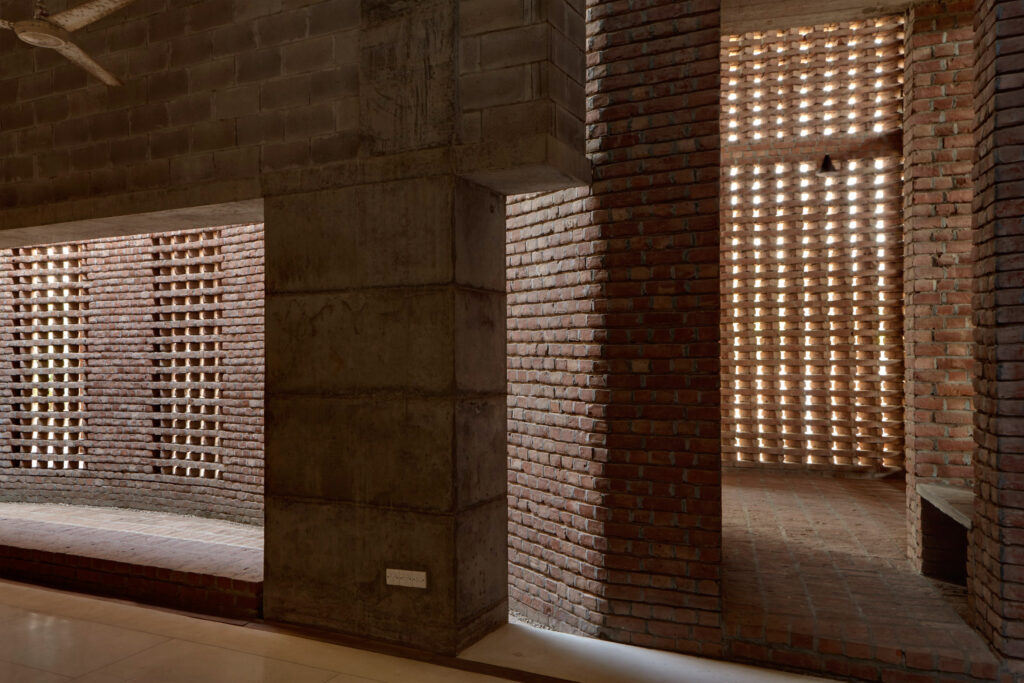
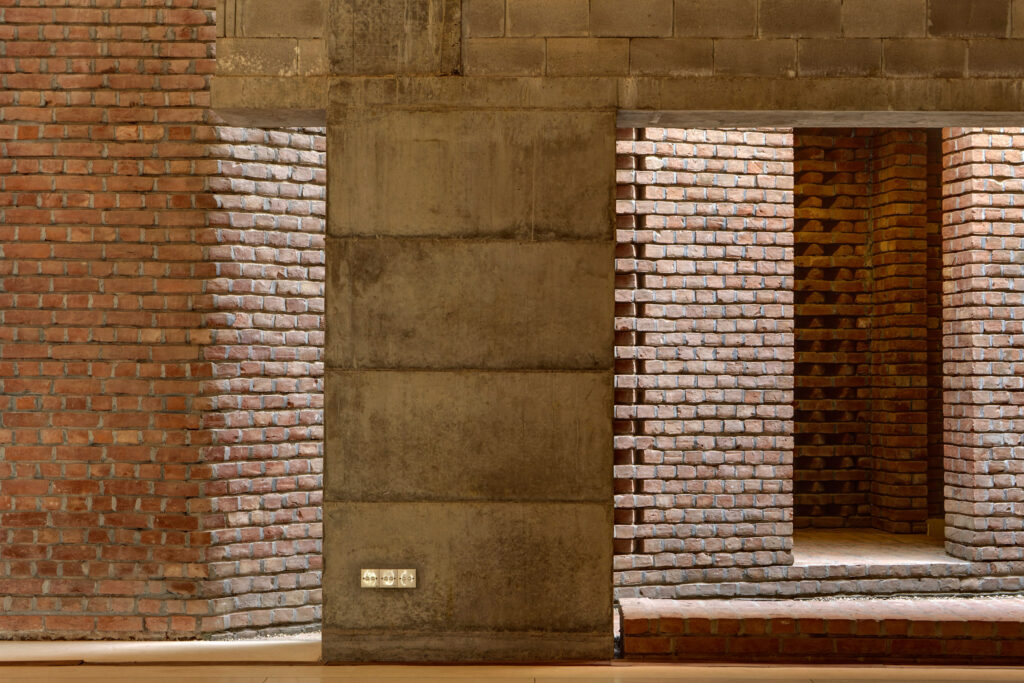
Bait-ur-Rouf Jame mosque is a project located in the northern expansion of Dhaka. A fast-growing community is a resident to eight hundred families. 7200 square feet of the area allocated for the mosque is flanked by roads on the west and south. The site axis creates a 13-degree angle with the axis of qibla, which called for an innovation in the layout.
Three volumes were introduced, one inserted within the other to create a sequence of spaces. The outermost volume is 75 square feet of 25 feet in height and is situated parallel to the road created by the main facade of the mosque. A cylindrical volume is then inserted into it that facilitates the rotation of the prayer hall simultaneously formulating light courts on four sites.
All ancillary functions, such as the entrance courts, ablution and toilet facilities, Imam’s office, and stairs, are located within the space created by the outer square and cylindrical volume. This part of the design is considered as load-bearing brick construction; whereas, the prayer hall is made of concrete. The main prayer hall is a column-free space, 50 square feet and 35 square feet in height.
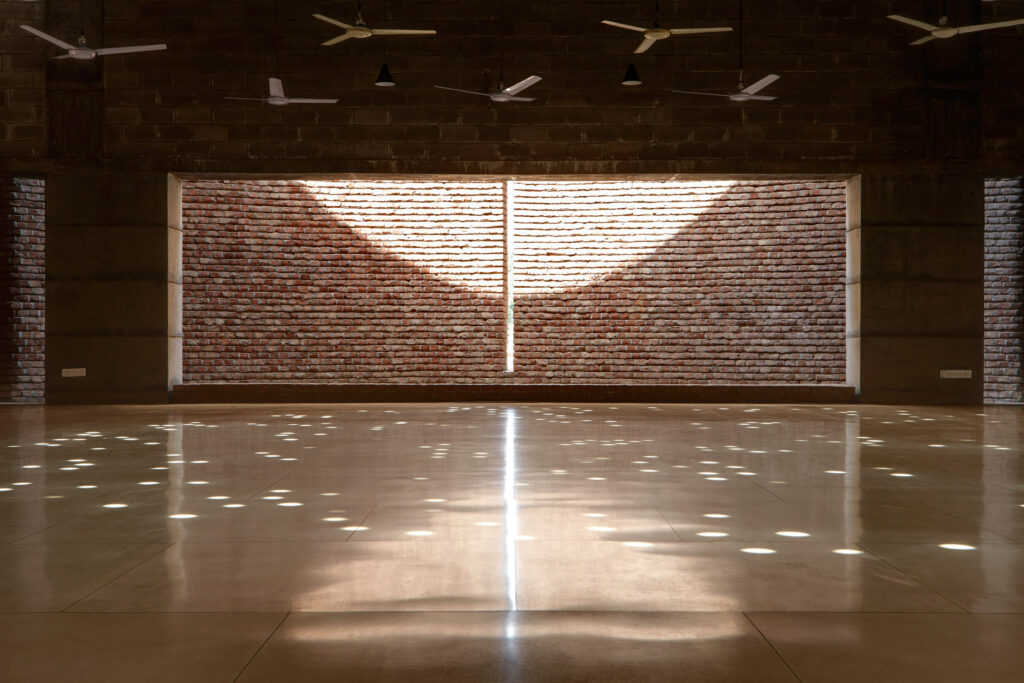
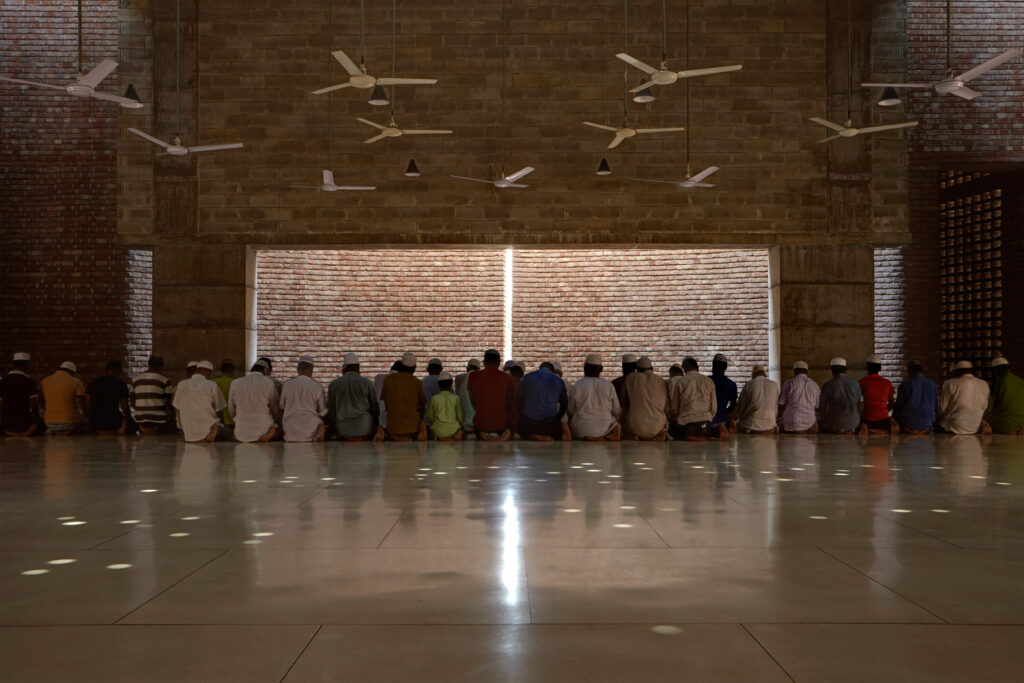

Aga Khan Trust for Culture, 2014-16 Cycle, Jury Citation
In a transitional area caught between urban hyper-density and rural proximity, the terracotta mosque is an exquisitely proportioned building that is both elegant and eternal. Funded primarily by community donors, the mosque design challenges the status quo and understands that space for prayer should elevate the spirit. The mosque does so through the creation of an interior space that is rich with light and shadow, but at the same time possesses a robust simplicity that allows for deep reflection and contemplation in prayer.
The mosque appears to be inspired by multiple sources – one essentially traditional reference is to the heritage of the formal terracotta brick structures of the Bengal Sultanate of the fifteenth century; another inspiration is the Capitol complex built by Louis Kahn in Dhaka.
The quality of construction frequently raises the quality of life. Nowhere is this more apparent than in the Bait ur Rouf Mosque, which contains an intricate geometric layering of space—a square prayer chamber contained within cylindrical walls, which are in turn enclosed by a square terracotta brick structure that serves as the austere public face of the building.
Within the prayer chamber, the architect has created a delicate interplay of bare walls textured in red brick and pierced by shafts of light that create an abstract, almost primaeval symbolism when viewed in conjunction with the spots of light that punctuate the surface of the bare floors at different moments of the day. This abstract symbolism is undiluted by conventional forms of mosque architecture. Gone are the dome and the ever-prevalent minarets, the decorative panels of designed relief and calligraphy. In their place stand intricately structured brick walls that imbue the structure with a unique aura of spirituality.
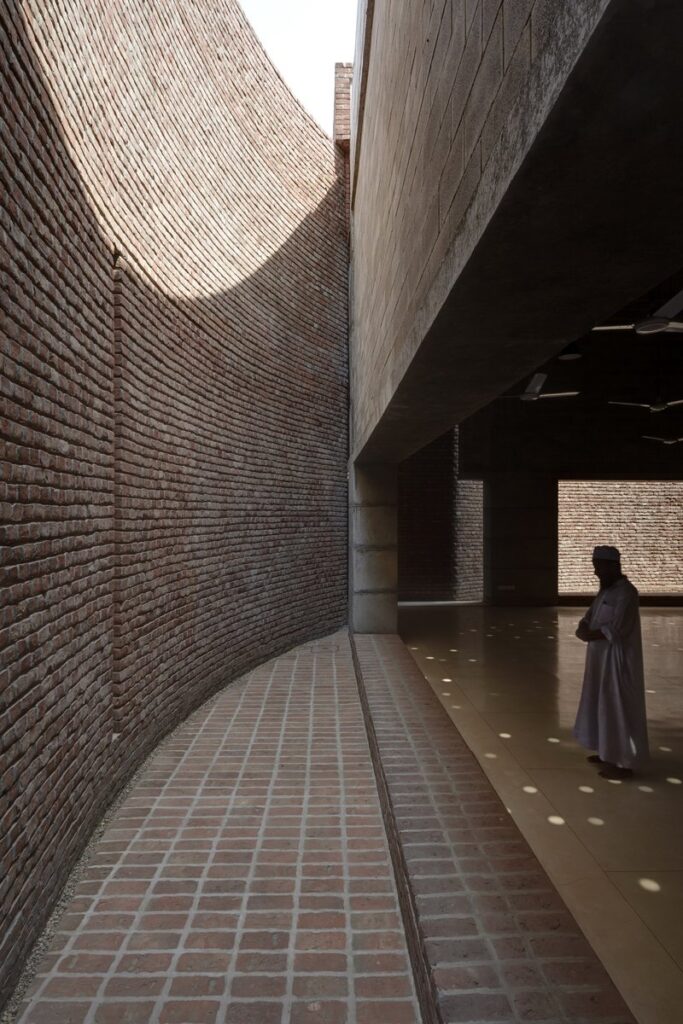



Project Drawings:
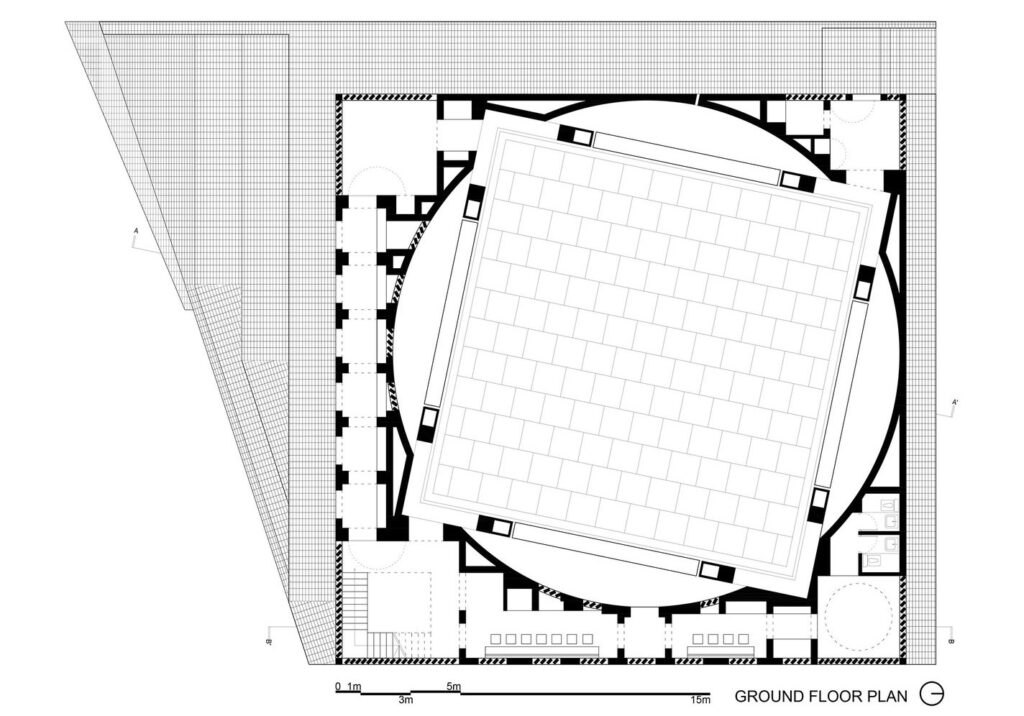
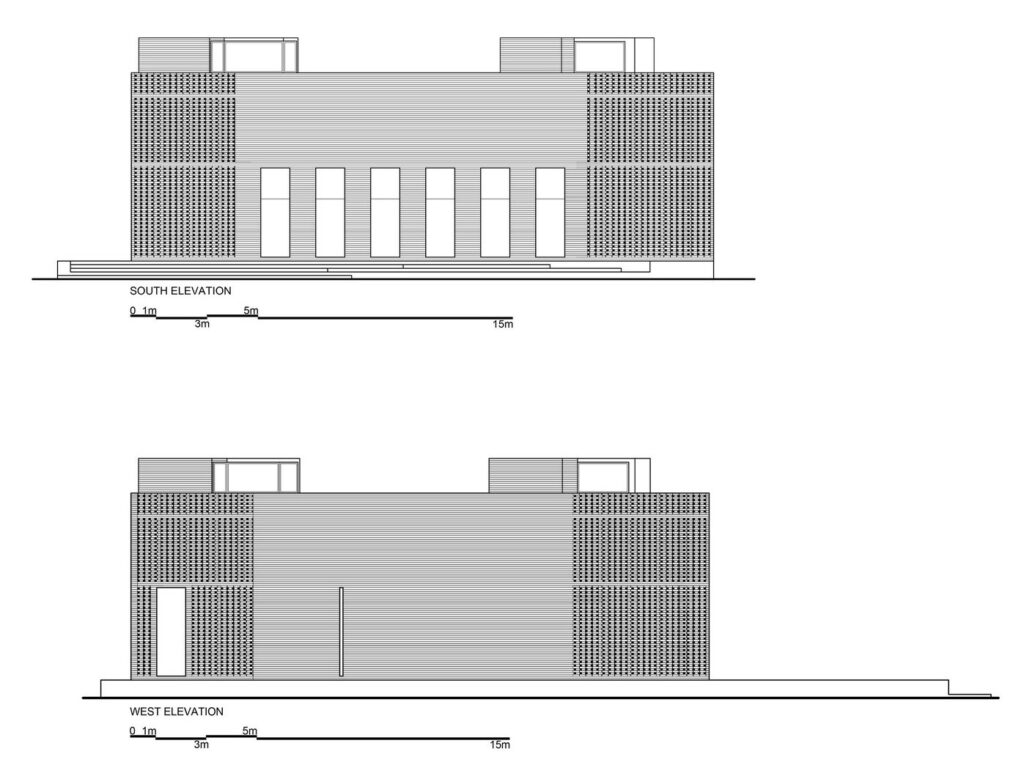
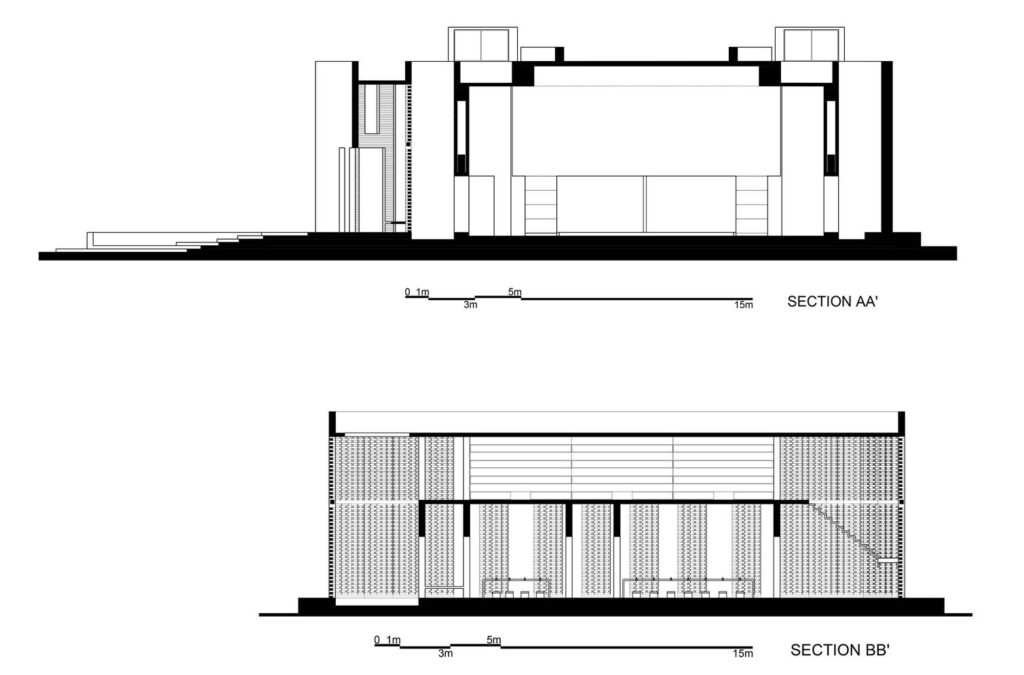
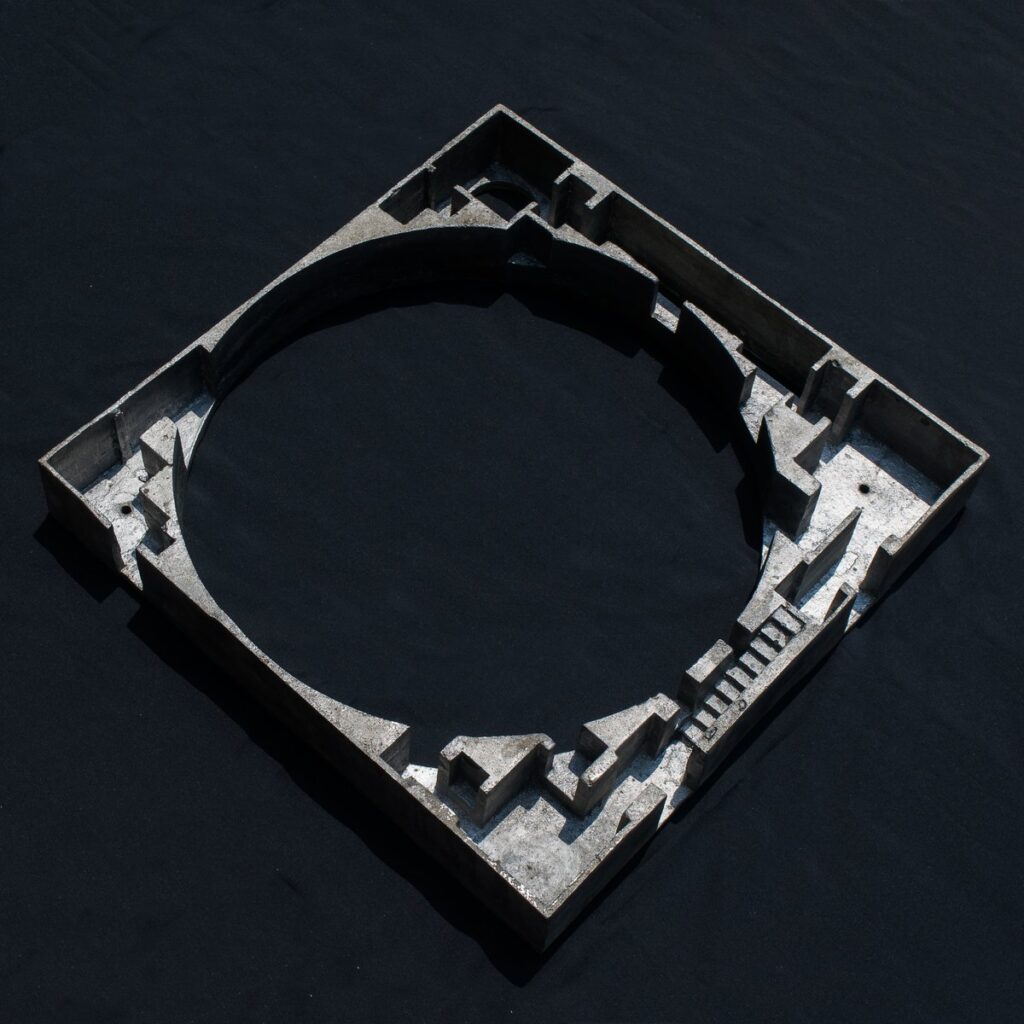
Project Details:
Name: Bait Ur Rouf Jame Mosque
Location: Dhaka, Bangladesh
Status: Completed (2012)
Built Area: 753 sq. m.
Client: Sufia Khatun
Design Firm: Marina Tabassum Architects
Description: Marina Tabassum Architects
Photographs: Rajesh Vora, Asif Salman
Image captions: Aga Khan Trust, 2016 On-Site Review Report by Nondita Correa, quotations from Marianan Tabassum, in conversation with Rowena Hockin.




